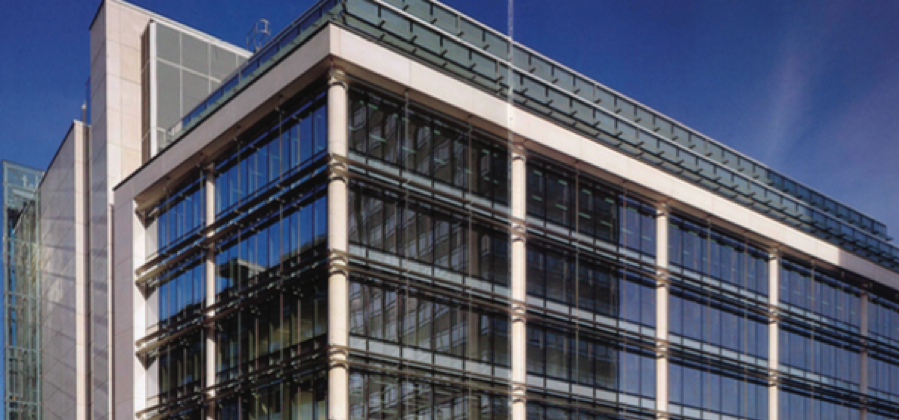After a period of sustained activity characterized by high-profile investments and significant appetite for trophy assets, sovereign wealth funds (SWF) in the Arab world felt the repercussions of the global financial crisis, and significantly reduced their real estate investment activity. The drop in oil prices in the second half of 2008 led Arab governments to tighten petrodollar cash allocations to SWFs, as reduced fiscal surpluses had to be used in priority to complete infrastructure spending and salvage domestic economies. With almost no exceptions, SWFs from the Gulf refrained from investing in overseas real estate markets for the past 12 months.
This situation prevailed up until June 2009, when two SWFs executed two high profile transactions in their preferred destination, the London real estate market. The Oman Investment Fund acquired 75 percent of a major City of London development in a joint venture with Hammerson in a staggering $733 million transaction. Furthermore, the Libyan Arab Foreign Investment Company (LAFICO) acquired a 100 percent interest in Portman House, a high profile mixed use building on Oxford Street from Land Securities for $255 million. In addition, we have strong evidence that other Arab SWFs are reviewing investment opportunities not only in London but in other major European hubs as well.
Are Arab SWFs returning to the real estate scene?
To get a clearer understanding of the situation we need to dig a little deeper into the details. While it is true to say that the London real estate market offers an extremely compelling story, as prime yields are in excess of the 25 year high, and the recent depreciation of the British pound improves purchasing power of US dollar pegged currencies, it is worthwhile noting the Oman Investment Fund transaction was achieved through a relatively modest injection of equity and taking advantage of the existing imbedded debt structure. OIF now owns 75 percent of the joint venture of one of London’s best pieces of real estate and enjoys a minimum of 18 years secured income stream to Allen & Overy as the major tenant who occupies the majority of this asset.
London’s long-term prime yields

On the other hand, after a long period of frozen overseas investment activity due to the international sanctions imposed on Libya, LAFICO has marked its return on the international real estate investment scene, completing two deals in London in the past six months. LAFICO is undergoing a profile exercise to rehabilitate its image in the international investment community, and spending a small part of its long accumulated fiscal surpluses at a time when global real estate markets have significantly re-priced.
With the exception of the LAFICO, our assessment is that Arab SWFs, in general, are still some distance away from reinstating their traditional overseas real estate investment activity. A somewhat cautious view was still prevailing up until the beginning of the summer amongst this investor group, and whilst some of those sovereign vehicles could have a vulture-like behavior and act in the most opportunistic way, we believe the general trend for the coming 12 months will be to direct cash surpluses towards domestic priorities and honoring of past financial commitments.
The realization and accuracy of our forecast depends on several factors including the oil price level that will play a vital role in terms of determining the volume of Middle Eastern capital to be invested in overseas real estate markets, and the reversal of the wait-and-see stance, which will obviously be linked to the speed and magnitude of the recovery in Western economies.
Fadi Moussaffi is regional director at Jones Lang LaSalle

















